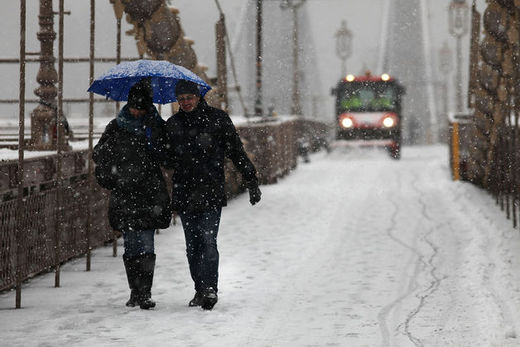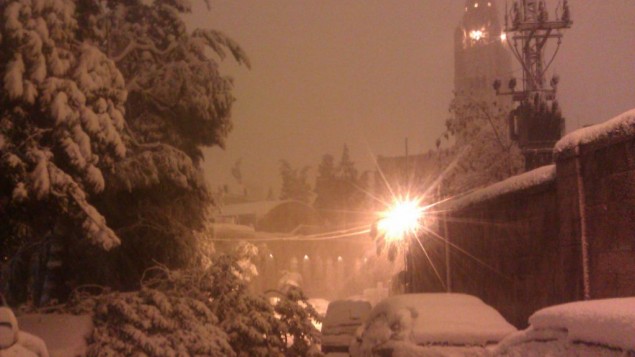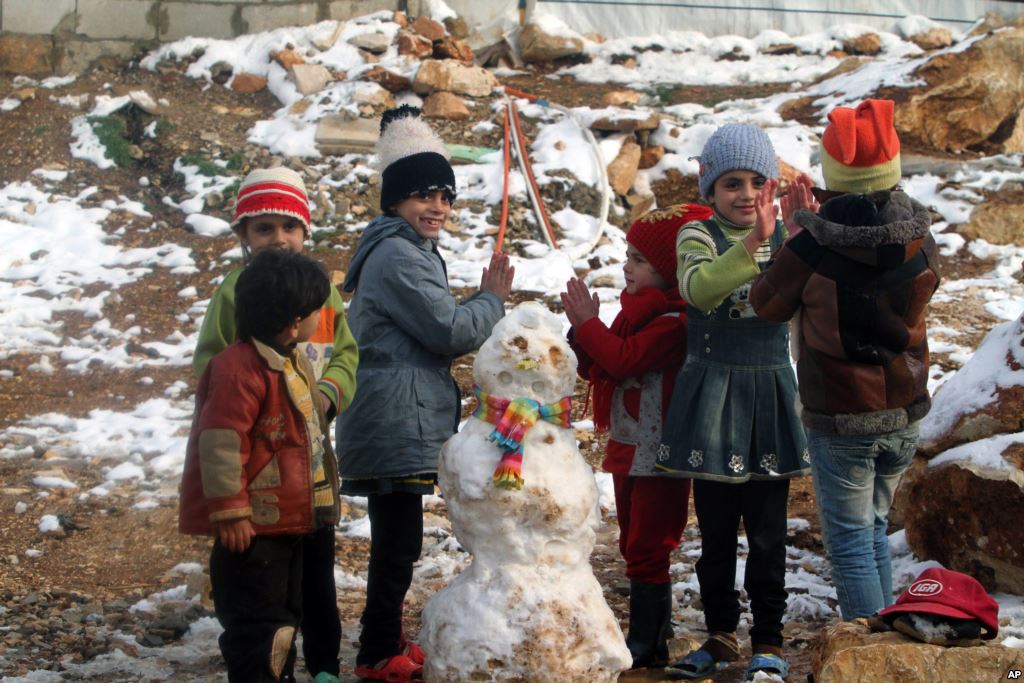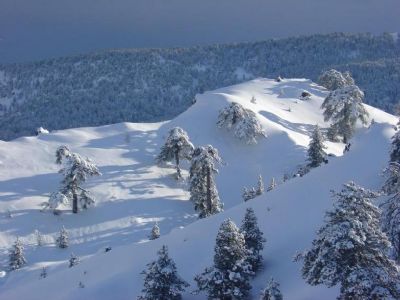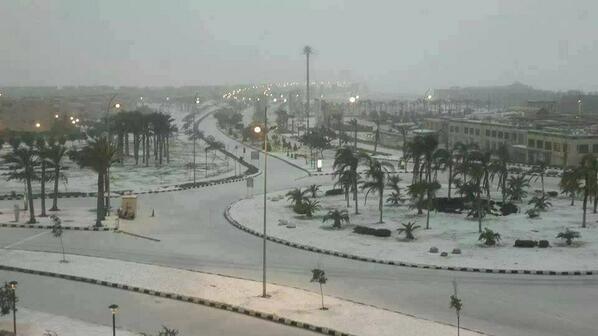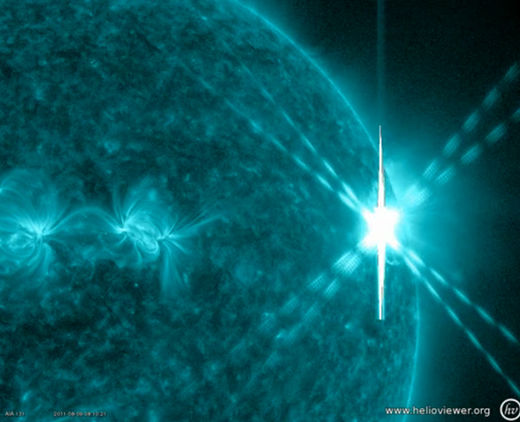
Our star is now at "solar maximum," the peak phase of its 11-year activity cycle. But this solar max is weak, and the overall current cycle, known as Solar Cycle 24, conjures up comparisons to the famously feeble Solar Cycle 14 in the early 1900s, researchers said.
"None of us alive have ever seen such a weak cycle. So we will learn something," Leif Svalgaard of Stanford University told reporters here today (Dec. 11) at the annual meeting of the American Geophysical Union. [Solar Max: Amazing Sun Storm Photos of 2013]
The learning has already begun. For example, scientists think they know why the solar storms that have erupted during Solar Cycle 24 have caused relatively few problems here on Earth.
The sun often blasts huge clouds of superheated particles into space, in explosions known as coronal mass ejections (CMEs). Powerful CMEs that hit Earth squarely can trigger geomagnetic storms, which in turn can disrupt radio communications, GPS signals and power grids.
But such effects have rarely been seen during Solar Cycle 24, even though the total number of CMEs hasn't dropped off much, if at all. The explanation, researchers said, lies in the reduced pressure currently present in the heliosphere, the enormous bubble of charged particles and magnetic fields that the sun puffs out around itself.
This lower pressure has allowed CMEs to expand greatly as they cruise through space, said Nat Gopalswamy of NASA's Goddard Space Flight Center in Greenbelt, Md. Indeed, Solar Cycle 24 CMEs are, on average, 38 percent bigger than those measured during the last cycle - a difference with real consequences for folks here on Earth.
"When the CMEs expand more, the magnetic field inside the CMEs has lower strength," Gopalswamy said. "So when you have lower-strength magnetic fields, then they cause milder geomagnetic storms."
